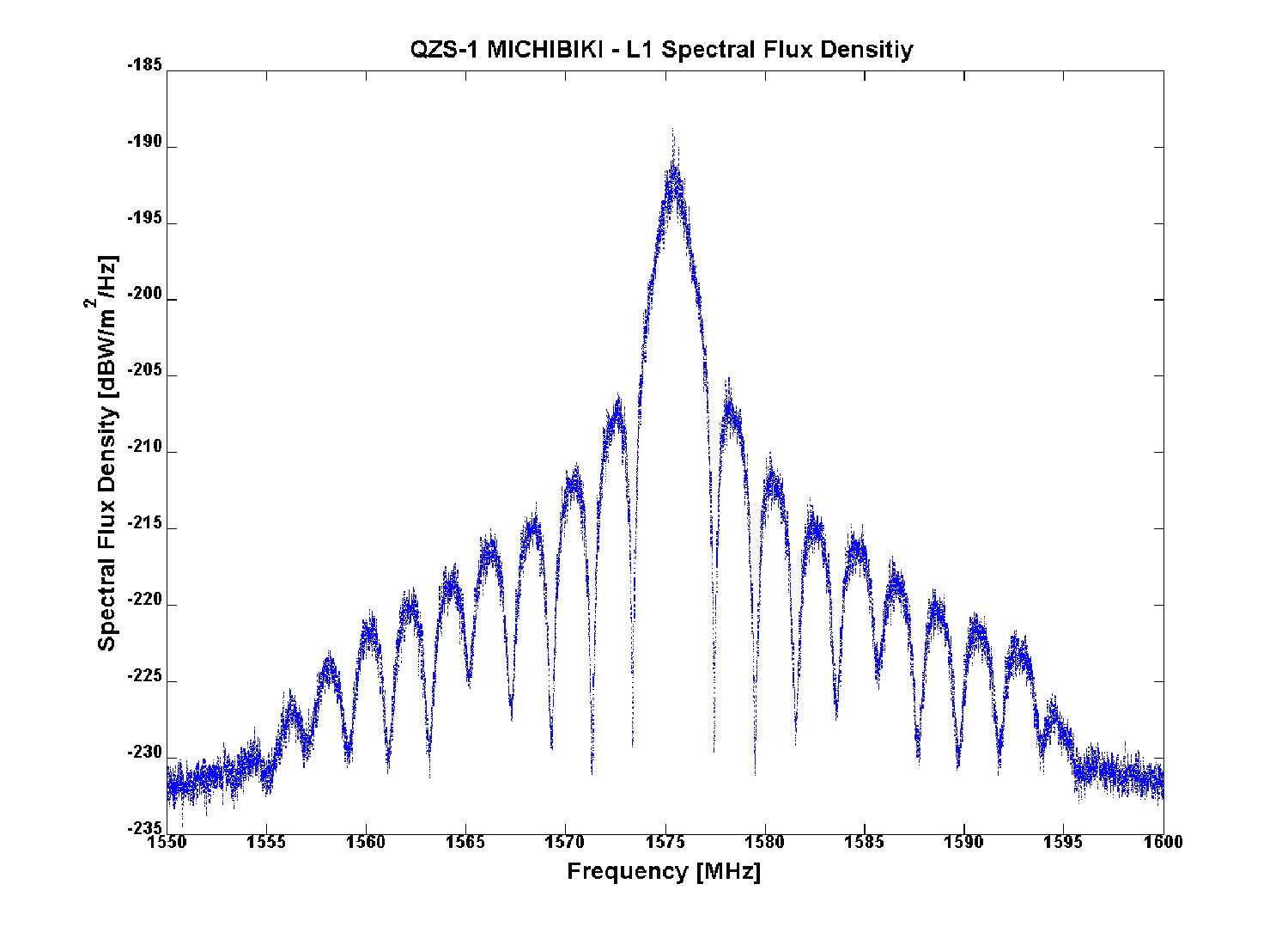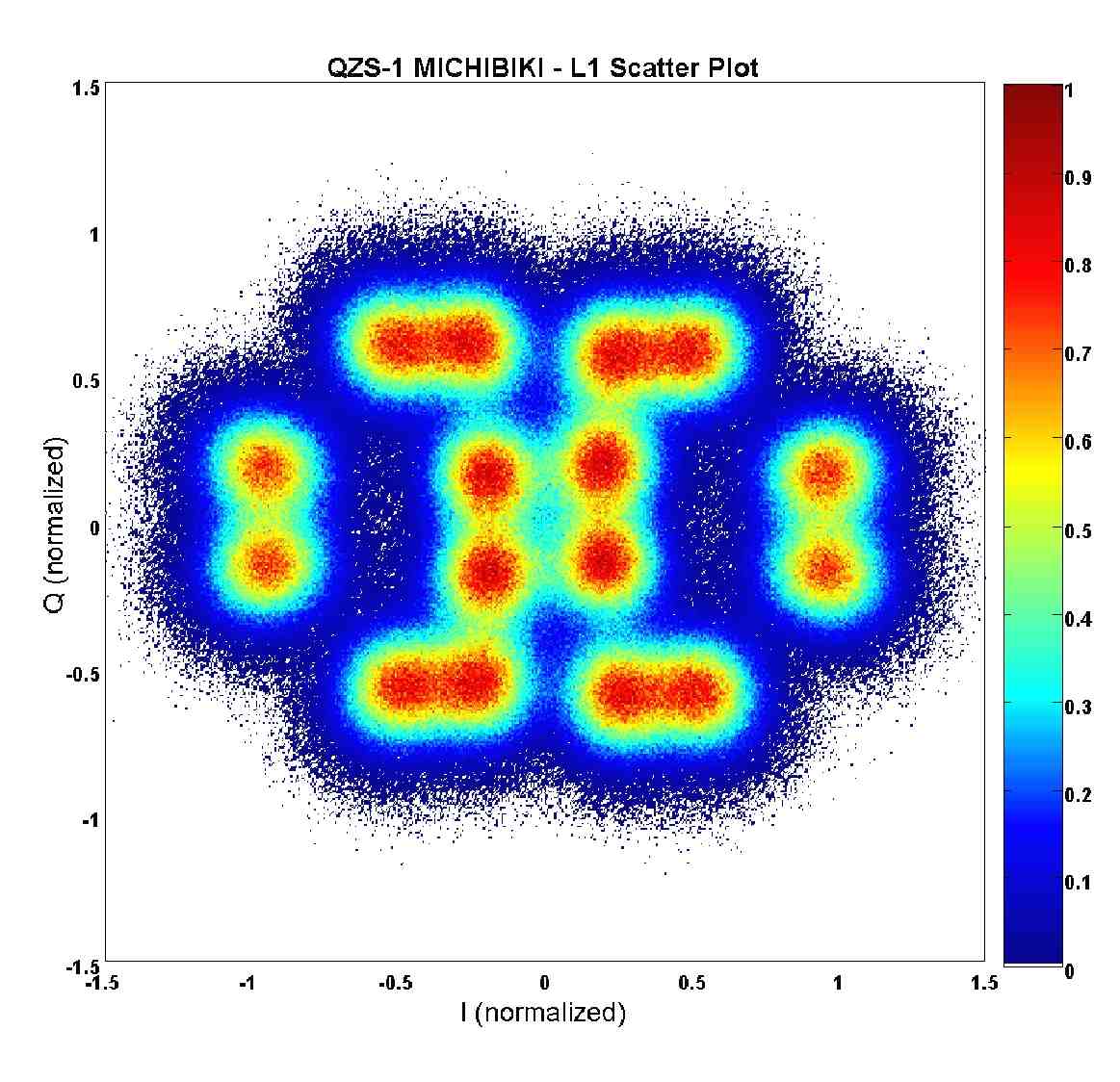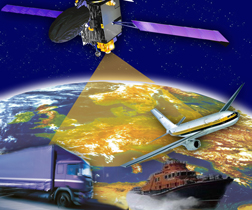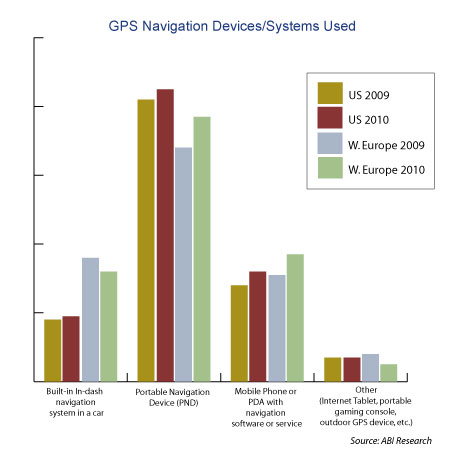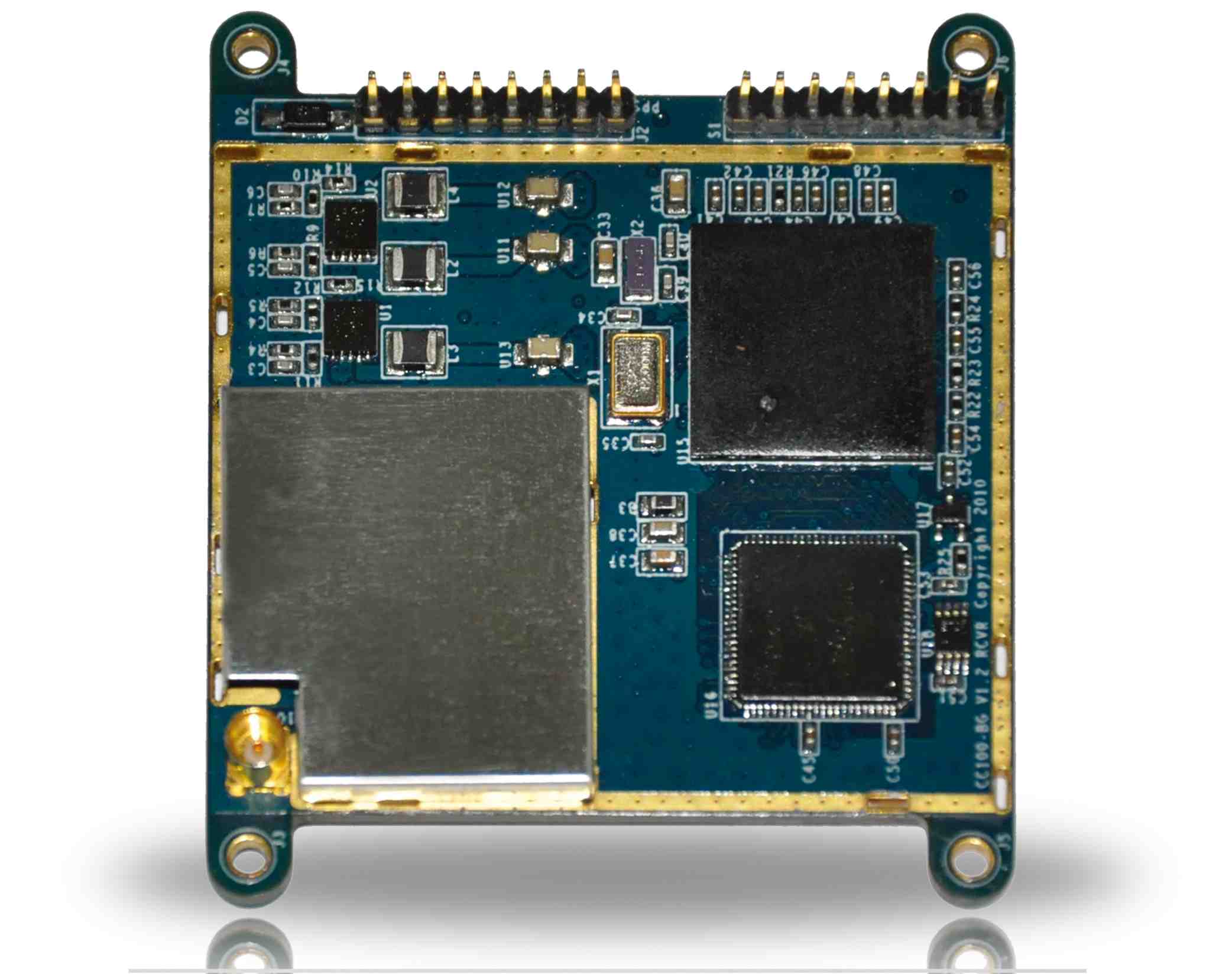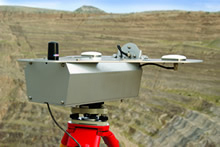Space Reflecto 2010

The first workshop on passive reflectometry using radiocom space signals is organized by two technical competence centers (CCT) of the French space agency, CNES. They are signal and images processing (TSI) and Position datation by satellite (PDS).
It will take place on December 1 2010 at the Institut Aero Spatial in Toulouse, France.
By Inside GNSS
